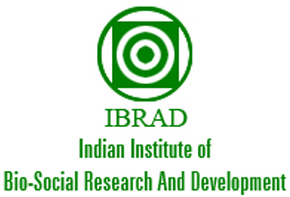Participatory Action Research
Approaches to Participatory Action Research developed by IBRAD helps the researchers to facilitate the community build their competency to assess the existing benefits from the natural resources in the form of provisioning ecosystem services. Action Researchers help the community to have focus group discussion and facilitate Trade-offs Analysis between different land uses to reach a negotiated decision on the conservation strategy and adopt non-destructive harvesting practices. The tribals, as primary stakeholders, heavily depend on forests and other natural resources and can appreciate the value of forest restoration. They and other forest dwellers also have traditional knowledge of biological corridors and seasonal variation of crops. Community participation helps in recovering ecosystems in different forestry activities.
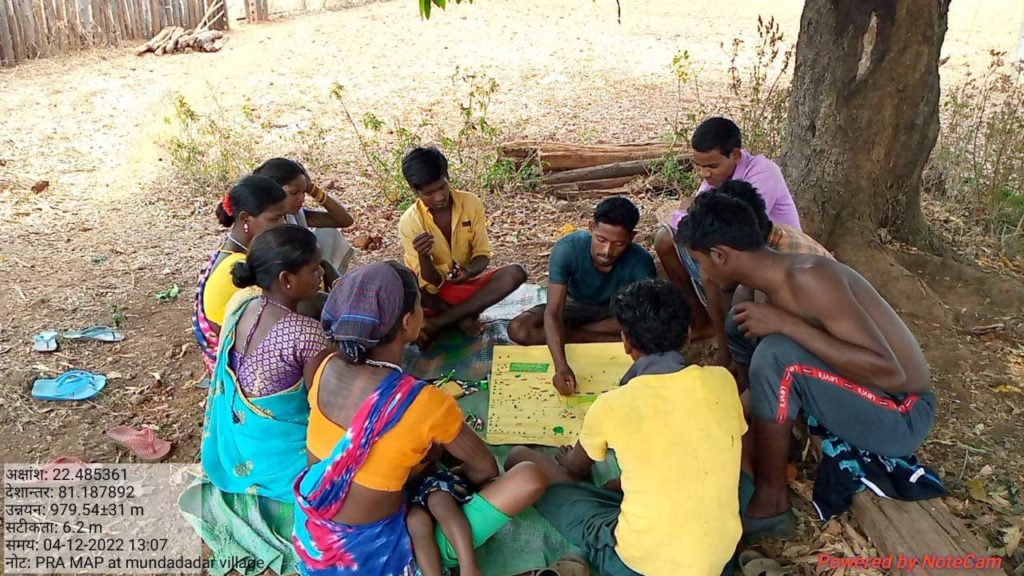
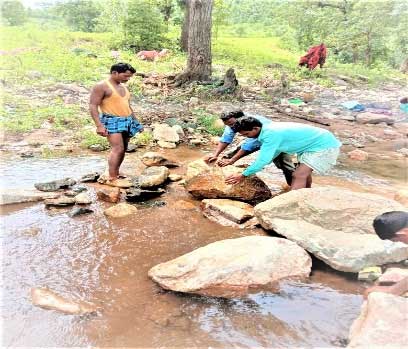
Ecosystem Restoration for improving Ecosystem Services
IBRAD’s Approach focus on the functioning of the Ecosystem rather than some species in isolation for improvement of the Ecosystem Services. Effective functioning of the forest ecosystem can be restored for sustainable ecosystem services through an assemblage of functional species with a combination of functions, including overall carbon storage and control over water and nutrient flows. Thus, focusing on the functional diversity of tree species assemblages, plant genetic diversity and above – below-ground linkages will be appropriate for ecosystem restoration. The fragmentation of forest landscape decreases the habitat patch sizes, resulting in increased deleterious edge effects and posing pervasive threats to the conservation of biological diversity
Integrated Forest Mosaic Landscape Management
The natural forest ecosystem is naturally connected with other habitats such as trees outside the forest, water bodies, agriculture farmlands on the forest fringe area as an interconnected and interdependent part of the forest-agriculture mosaic landscape. In the study by IBRAD it is found that the health of forest and the economy of the community does not depend only on the rich plantations. It is the NTFP and the assemblages of species for diverse combinations of functions and contribute to house hold economy of the community. The findings of the study by IBRAD have been referred by the World Bank also. The biodiversity of forests depends on the agriculture and aquatic biodiversity of the Forest Mosaic Landscape. The forest ecosystem’s effective functioning and sustainable development depend upon many co-existing interdependent habitats of the forest fringe Landscape for energy, nutrient flows and recycling, biomass production, and dead organic matter decomposition.
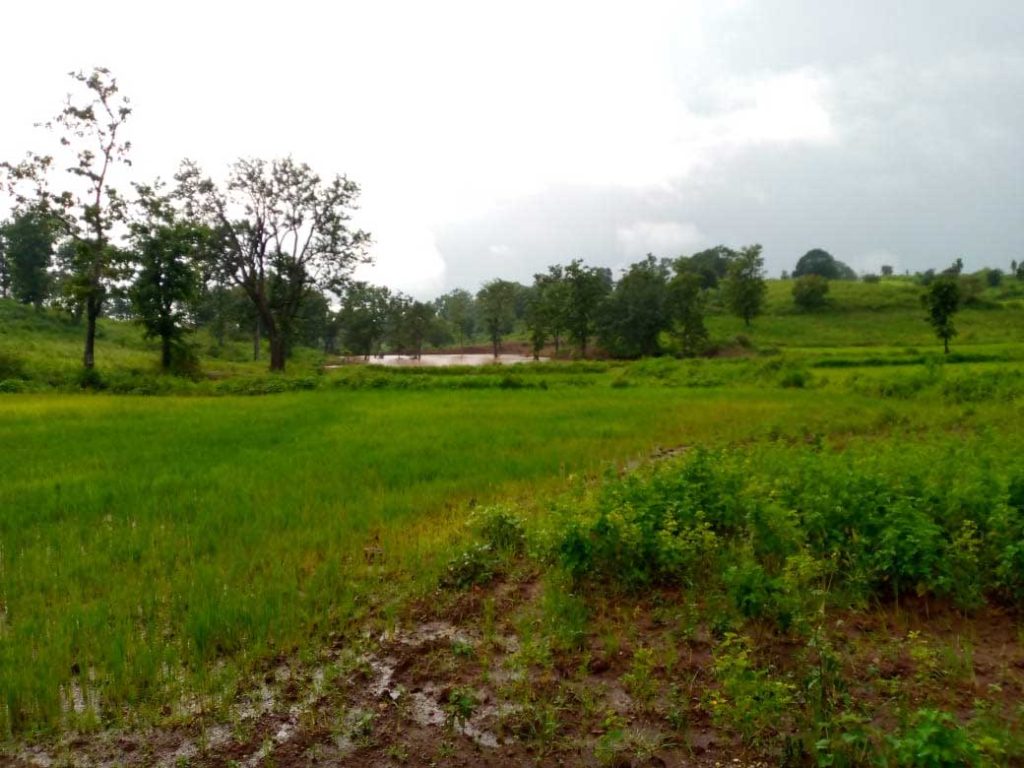
Conservation Based Sustainable Livelihood
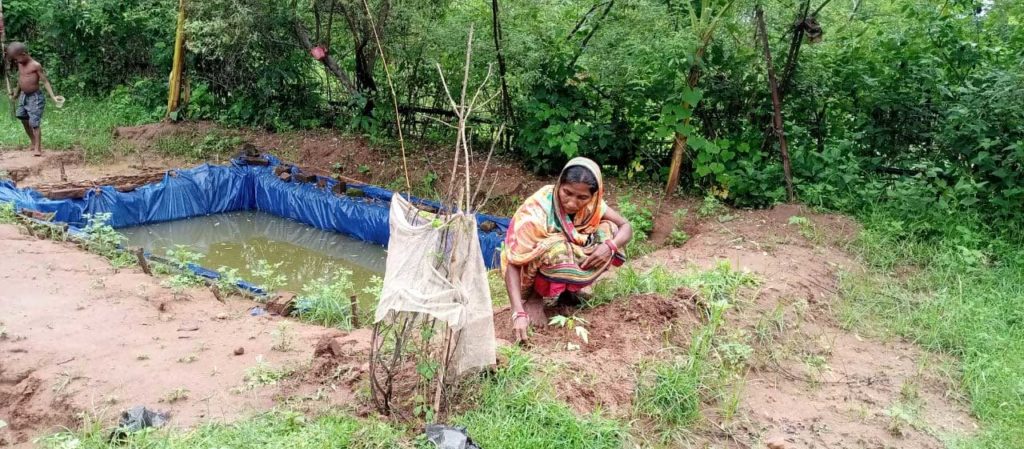
While meeting the immediate need of the forest dwellers for their livelihood cannot be ignored often, the tendency for earning quick bucks by overharvesting and selling forest products is another challenge. Given the challenges, some strategy on forest-agriculture mosaic integrated landscape management for better productivity, protective as well as biological conservation points of view, IBRAD has initiated Conservation Based Sustainable Livelihoods in the forest fringe villages of Ghoghra, Bhurbhuspani and Mundadadar villages under Kabirdham Forest Division, Chhattisgarh and Nedam, Dengam and Nuagaon villages under Baripada Forest Division, Odisha respectively.
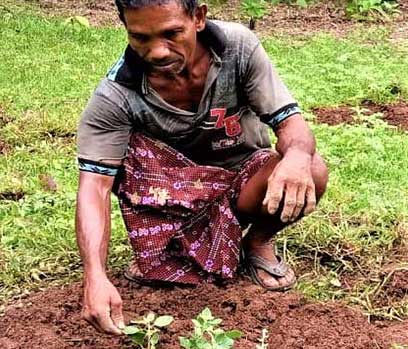
Biodiversity Conservation & Livelihood
IBRAD Approach to involve the community to identify the rare, endemic plants which have both ecological and economic value and conservation of plant genetic diversity in the forest fringe areas through in situ and ex situ conservation measures. Forest is a primary source for the collection of the traditional medicinal plants, and these are available on a seasonal basis more often for a limited period of a year. But due to various drivers of degradation, including the nexus of market forces and the middlemen that causes indiscriminate and destructive harvesting practices by the community to earn maximum return within the limited period of the season, many medicinal plants are facing the threat of extinction. According to the Red data book, 427 Indian Medicinal plants are endangered of which 28 are considered extinct, 124 as threatened, 81 are rare, and 34 is insufficiently known.
Digital Ethnography For Sustainable Tribal Development
Digital Ethnography bridges communication among people online. It builds an inclusive interface for long distance studying of societies and cultures. In the COVID era, this format acquired immense importance as ethnographic methodological innovation. In Hammersley and Paul opinion it provides: “a restricted focus on computer-mediated communication and networks; the study of the virtual world, the use of digital technology to record and analyse aspects of everyday life; social actors use of digital technology and the use of digital resources to author and reconstruct ethnographic research”. IBRAD has launched the ‘Application Of Digital Ethnography for Tribal Development in three districts- Chhattisgarh, Odisha and West Bengal. Smartphones have been used by IBRAD as opened digital ethnography opportunities for study of social life, and cultural the attributes which are documented through video conferencing with the remotely placed tribal. Films, still pictures and audio recordings are used to collate the material culture, social communication patterns and symbolic behaviour of the tribal under study. Recording of material culture and intangible social interactions are analysed by the IBRAD ethnographers which can now be used as model of Ethnographic research.
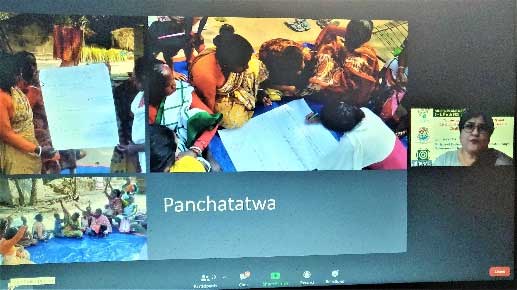
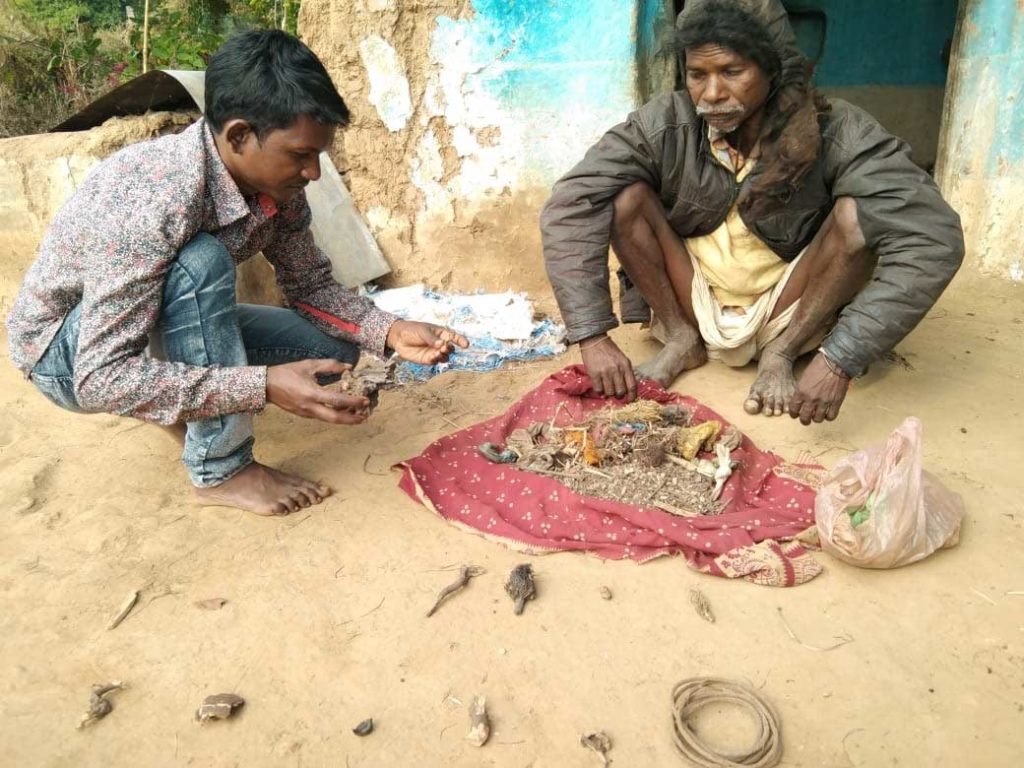
Traditional Knowledge and practices for biodiversity conservation
The interaction of the tribal communities with their surrounding forest and natural ecosystems has enabled them to acquire traditional knowledge and practices for both sustainable utilization and conservation of plant genetic resources. The action research of IBRAD aims at documenting the traditional knowledge and practices that supports conservation. The local people are then involved in identification of the plant species that are having higher economic as well as spiritual values but are getting rare and endangered, it may be or may not be included in the Red Data Book but are becoming Rare, Endangered, Threatened and Extinct locally, collect the stock from the wild and develop trial plots for ex situ conservation by establishing herbal gardens. Protocols are also developed by involving the community for non- destructive harvesting of the species and promotion of in situ conservation.
Sustainable use of forest resources and livelihood security under FRA
As per the data of Ministry of Tribal Affairs, Government of India 19,24,417 Individual Forest Rights (IFR) and 77,502 Community Rights are distributed so far in India and the area vested under IFR amounts to 16,94,000 ha and that under CFR is 35,86,000 Ha. The Gram Sabha is empowered to plan for sustainable utilisation of forest resources, biodiversity conservation, wildlife protection of the forest areas. The action research of IBRAD aims at understanding the present status of the forest areas allotted to the community by using the scientific criteria and involve the Gram Sabha to intervene for achieving sustainable forest management. Another area of research includes identification of the present status of utilisation of land received under IFR, provide capacity building inputs and measure the changes in the land uses and livelihood of the people.
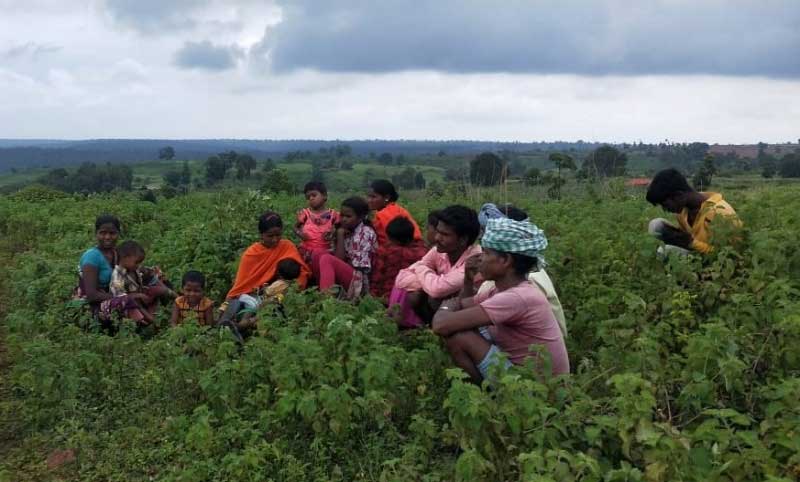
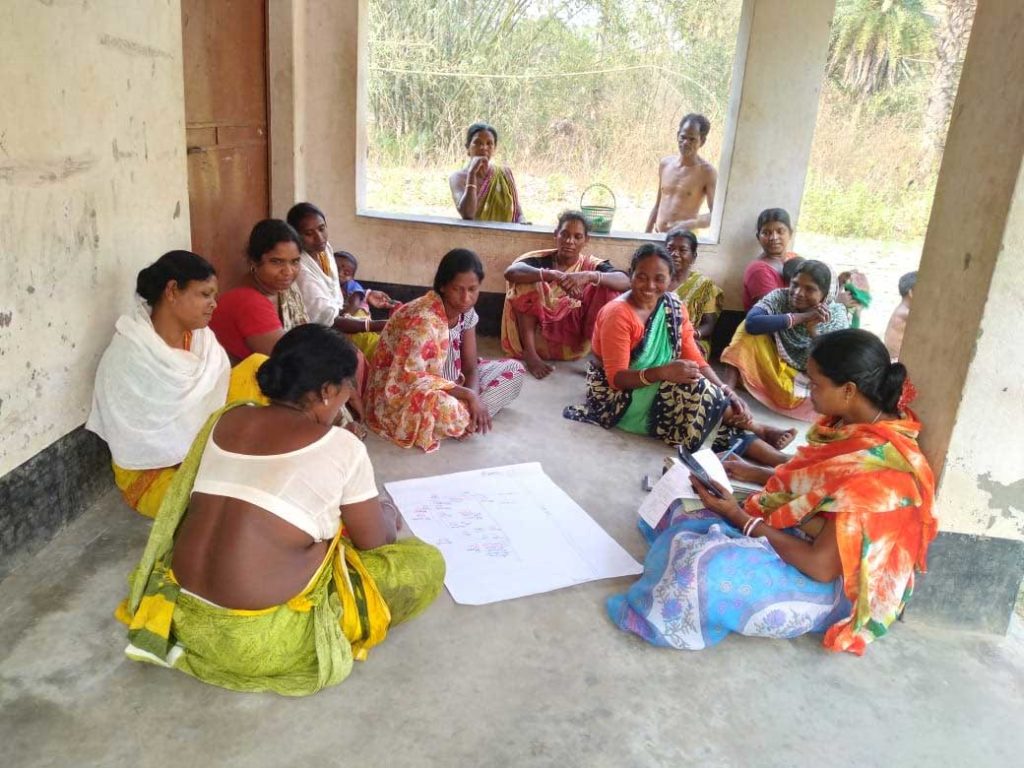
Science Communication through Blended Digital Learning for Resilient Livelihood Development
Climate change and its impact on livelihood of the people, particularly of the small holder farmers are posing a serious threat on the livelihood and food security as well as on the health of the people. It becomes an utmost necessity to develop capacity of the people to adopt climate resilient livelihood. The challenge lies in communication of the complex scientific knowledge and skills in a simpler manner so that people can learn, adopt and apply the new technologies and skills and apply to improve their livelihood. IBRAD has developed the methods, approaches and tools for science communication through blended digital learning whereby various tools and channels of IEC (Information, Education and Communication) are developed in a participatory manner by involving the community, pilot tested and implemented in the field. The changes in their livelihood practices and its impact are monitored and evaluated against the baseline data.


